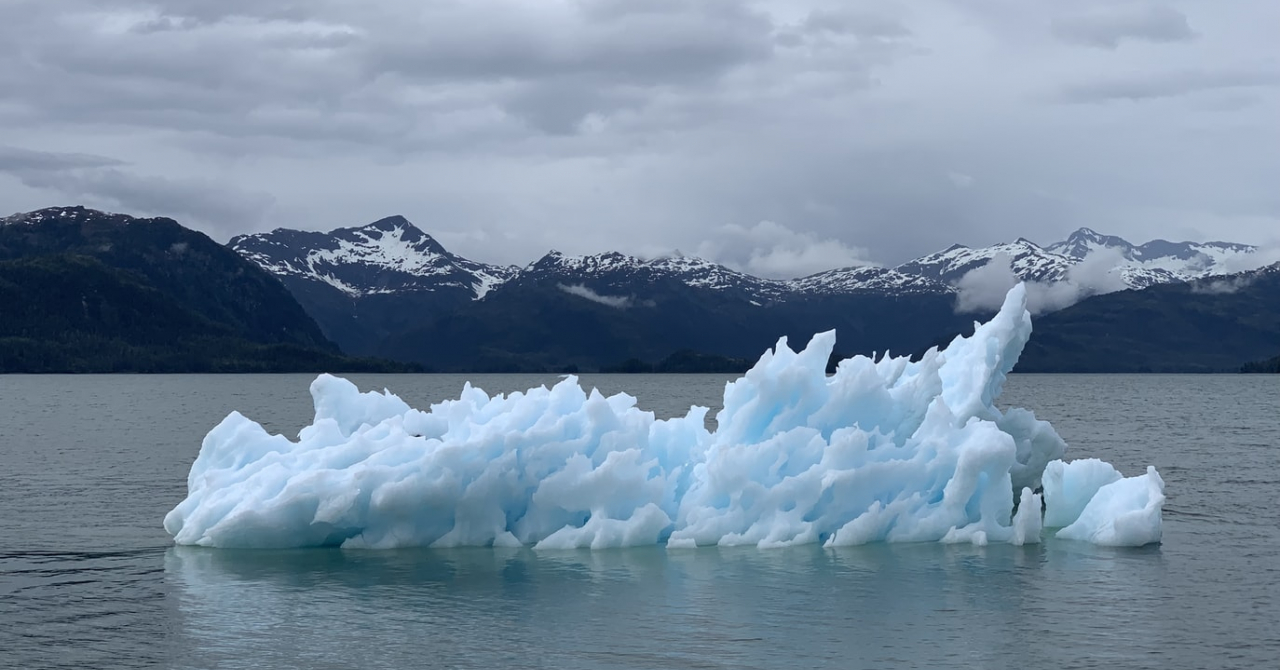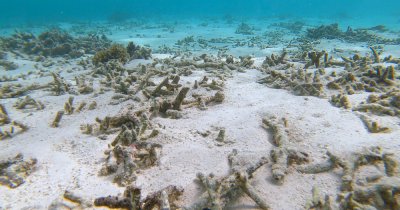This Summary for Policymakers presents key findings of the Working Group II contribution to the Sixth Assessment Report (AR6) of the IPCC. The report builds on the WGII contribution to the Fifth Assessment Report (AR5) of the IPCC, three Special Reports, and the Working Group I (WGI) contribution to the AR6 cycle.
This report recognizes the interdependence of climate, ecosystems and biodiversity, and human societies and integrates knowledge more strongly across the natural, ecological, social and economic sciences than earlier IPCC assessments.
The assessment of climate change impacts and risks as well as adaptation is set against concurrently unfolding non-climatic global trends e.g., biodiversity loss, overall unsustainable consumption of natural resources, land and ecosystem degradation, rapid urbanisation, human demographic shifts, social and economic inequalities and a pandemic.
Some of the most important conclusions of the report.
- Adaptation, in response to current climate change, is reducing climate risks and vulnerability mostly via adjustment of existing systems. Many adaptation options exist and are used to help manage projected climate change impacts, but their implementation depends upon the capacity and effectiveness of governance and decision-making processes.
- Climate change impacts and risks are becoming increasingly complex and more difficult to manage. Multiple climate hazards will occur simultaneously, and multiple climatic and non-climatic risks will interact, resulting in compounding overall risk and risks cascading across sectors and regions.
- Global warming, reaching 1.5°C in the near-term, would cause unavoidable increases in multiple climate hazards and present multiple risks to ecosystems and humans. The level of risk will depend on concurrent near-term trends in vulnerability, exposure, level of socioeconomic development and adaptation. Near-term actions that limit global warming to close to 1.5°C would substantially reduce projected losses and damages related to climate change in human systems and ecosystems, compared to higher warming levels, but cannot eliminate them all.
- Approximately 3.3 to 3.6 billion people live in contexts that are highly vulnerable to climate change.
- Climate change has already altered terrestrial, freshwater and ocean ecosystems at global scale, with multiple impacts evident at regional and local scales where there is sufficient literature to make an assessment. Impacts are evident on ecosystem structure, species geographic ranges and timing of seasonal life cycles.
- Human society causes climate change. Climate change, through hazards, exposure and vulnerability generates impacts and risks that can surpass limits to adaptation and result in losses and damages.
- Meeting the objectives of climate resilient development thereby supporting human, ecosystem and planetary health, as well as human well-being, requires society and ecosystems to move over (transition) to a more resilient state. The recognition of climate risks can strengthen adaptation and mitigation actions and transitions that reduce risks. Taking action is enabled by governance, finance, knowledge and capacity building, technology and catalysing conditions.
- Ocean warming and ocean acidification have adversely affected food production from shellfish aquaculture and fisheries in some oceanic regions. Increasing weather and climate extreme events have exposed millions of people to acute food insecurity and reduced water security, with the largest impacts observed in many locations and/or communities in Africa, Asia, Central and South America, Small Islands and the Arctic.
- Globally, less than 15% of the land, 21% of the freshwater and 8% of the ocean are protected areas.
- Biodiversity loss, and degradation, damages to and transformation of ecosystems are already key risks for every region due to past global warming and will continue to escalate with every increment of global warming. In terrestrial ecosystems, 3 to 14% of species assessed will likely face very high risk of extinction at global warming levels of 1.5°C, increasing up to 3 to 18% at 2°C, 3 to 29% at 3°C, 3 to 39% at 4°C, and 3 to 48% at 5°C.
- Risks to health and food production will be made more severe from the interaction of sudden food production losses from heat and drought, exacerbated by heat-induced labourproductivity losses.
”Climate resilient development is enabled when governments, civil society and the private sector make inclusive development choices that prioritise risk reduction, equity and justice, and when decision-making processes, finance and actions are integrated across governance levels, sectors and timeframes. Climate resilient development is facilitated by international cooperation and by governments at all levels working with communities, civil society, educational bodies, scientific and other institutions, media, investors and businesses; and by developing partnerships with traditionally marginalised groups, including women, youth, Indigenous Peoples, local communities and ethnic minorities (high confidence). These partnerships are most effective when supported by enabling political leadership, institutions, resources, including finance, as well as climate services, information and decision support tools”, is stated in the report.
You can read the entire report on climate change for 2022 here.
 Oana Coșman
Oana Coșman












Any thoughts?